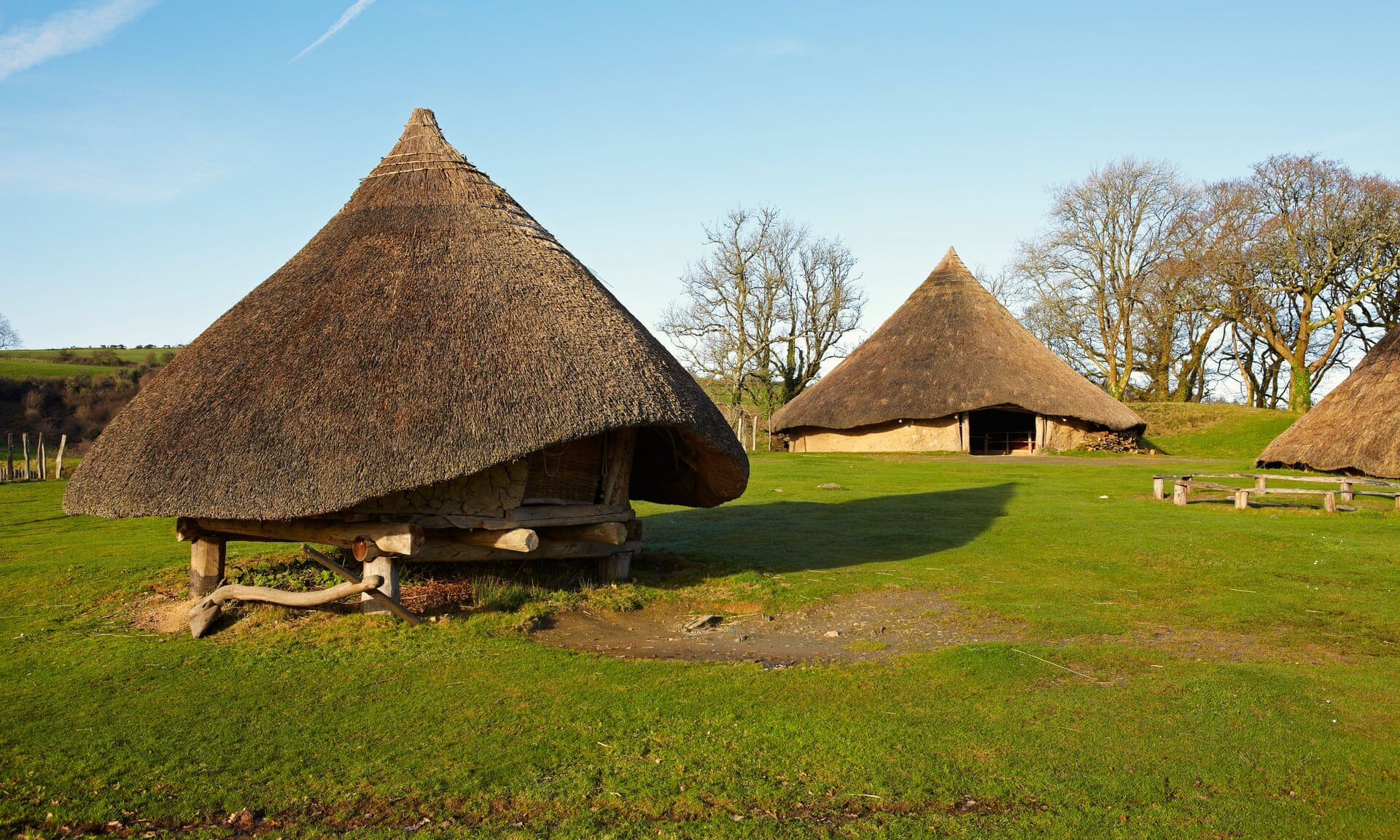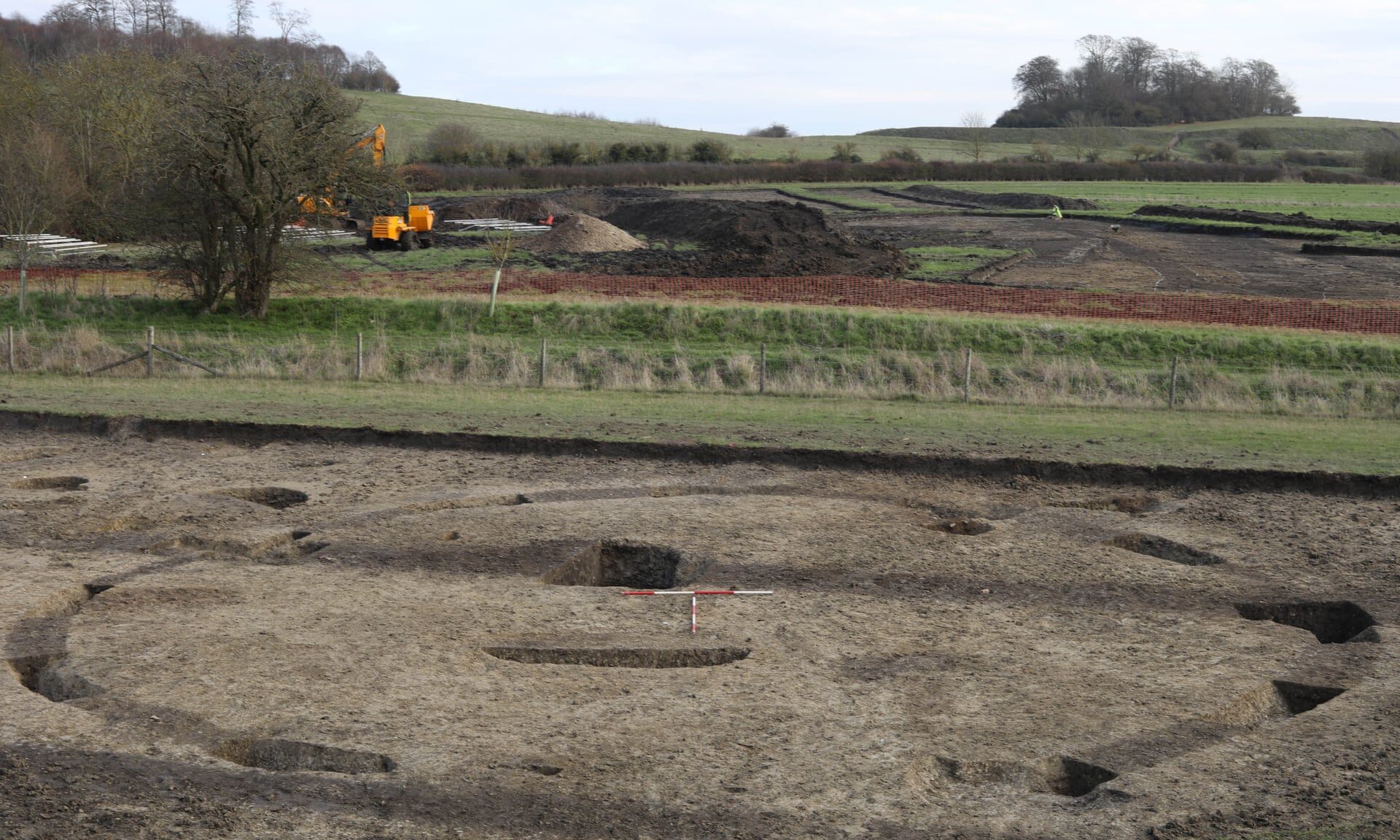The structures would have remained buried beneath the sprawling green landscape if not for a decision by Earth Trust, the environmental charity that cares for it, to redevelop its visitor centre. Investigating the archaeology was part of the planning application.
Lisa Westcott Wilkins of DigVentures, an archaeology social enterprise, described the discovery as "astonishing". "These were people's homes and, obviously, over the course of the last year, we've all been spending so much time at home. Contemplating the whole idea of 'home' as each one of these houses was coming up, we were thinking about how people were living and how they might have been using their space. That, to me, is the most exciting thing. It's very evocative."
Asked whether they had high expectations when they started the dig, she said: "We hoped. You never really know for sure. We had some idea that there would've been quite a lot of settlement there, but honestly it is astonishing that so much evidence has come up of people's actual daily lives. It's been one of those digs where you feel you can almost reach out and touch them."
Chris Casswell, DigVentures's head of fieldwork, said that previous digs in the area had uncovered evidence of settlers in the bronze age, iron age and Roman times: "But we had no idea there was going to be anything like this." Each of the iron age roundhouses is about 10 metres in diameter. Their inhabitants would have been farmers living off the land.

The archaeologists also found at least two Roman cemeteries with more than 40 graves and stone-built corn-drying ovens.
Other finds recovered so far include well-preserved iron age pots and two Roman bone combs, surgical instruments and lots of pottery shards.
Westcott Wilkins described the bone combs as "very beautiful personal items in a very high state of preservation".
Casswell said: "It's a substantial iron age settlement. It's probably no surprise because we're right at the foot of Wittenham Clumps, an enormous hillfort. The settlement probably continues well into the landscape beyond where we've looked.
"Normally we go out and do geophysics, which gives an image of what might be under the ground. But on this site, it didn't show up any of this. It showed a couple of anomalies ... So it's completely unexpected."
Jayne Manley, Earth Trust's chief executive, said: "The prominent iron age hillfort, carved from chalk by our ancestors at Wittenham Clumps is an iconic feature of the local landscape. We are so excited about [these] discoveries."
The organisation is now looking at ways to bring these ancient peoples to life, once the dig is finished, by creating three replica iron age roundhouses, to show visitors how the settlement might once have looked.
Casswell said: "[Earth Trust is] trying to promote the environment - and now, hopefully, the historic environment as well."




Or did we play some funny dating games ?!?